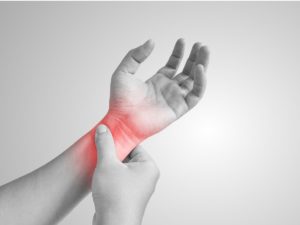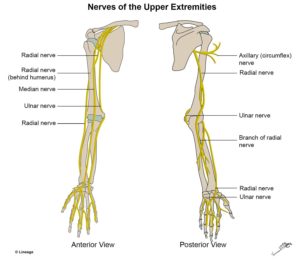Have you sprained your ankle before? Why is your sprained ankle not healing? Why does your ankle still hurt after spraining it weeks ago? Continue reading below to find out more!
Ankle injuries are regarded to be one of the most common source of injuries that present to primary health care settings and emergencies. A large portion of this category of ankle injuries can be attributed to ankle sprains. Big or small, ankle sprains is more than likely going to happen to everyone at some point of their life. Whether that be stepping on uneven ground, running during sport, taking a knock, ankle sprains will happen.
What are Ankle sprains?
Ankles sprains is a term used to describe damage to one or more of the ligaments around the ankle joint, whether that be stretched, partially ruptured or fully torn. Our ankle joint is a joint that is formed by connection of several bones such as the talus, tibia and fibula. The three bones form something known as a hinged synovial joint meaning it’s a joint that moves primarily in one plane and is covered by cartilage to help lubricate and make the joint smooth during movement.
Our ankle joint is supported via multiple structures such as ligaments and muscles. Ligaments are bands of tough elastic tissues connecting bones to one another, providing support in multiple directions and ranges. When we sprain our ankle, these ligaments become stretched and eventually damaged, whether that be partial or fully torn, leading to pain.
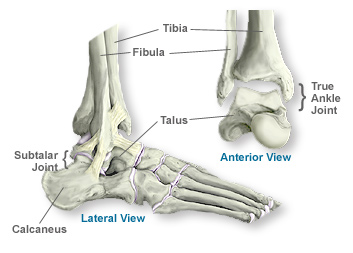
Types of Ankle Sprains
Ankle sprains can be classified into different categories based on the mechanism of injury.
Lateral/Inversion-type sprain
Of all ankle sprains, the most common type of ankle sprain is the inversion-type lateral ligament sprain which represents up to 85% of all ankle sprains. This type of injury involves the turning of your ankle inwards, stretching the outside ligaments of the ankle joint, leading to damage to its integrity and ultimately pain. The primary ligament complex that is being affected during this type of injury consist of the anterior talofibular ligament (ATFL), Calcaneofibular ligament (CFL) and posterior talofibular ligament (PTFL). The ATFL is the first and usually only ligament affected during inversion injuries, however if mechanism is big enough, the other ligaments will also become involved.
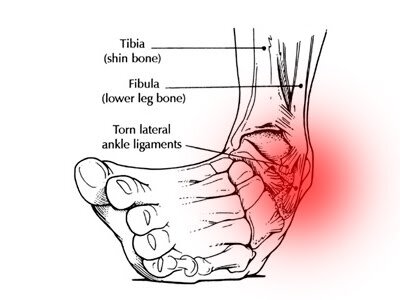

Medial/Eversion-type ankle sprain
The second type of ankle sprain that can occur is known is the medial/eversion-type ankle sprain. This injury is commonly diagnosed when the pain is situated around the inside of the ankle or when the ankle rolls outwards, stretching the inside ligaments of the ankle joint. The primary ligament complex situated on the inside (medial) aspect of the ankle is known as the deltoid ligament which is consisted of anterior tibiotalar ligament (ATTL), tibiocalcaneal ligament (TCL), posterior tibiotalar ligament (PTTL) and tibionavicular ligament (TNL). This group of ligament is known to be strongest of all ankle ligaments and is infrequently injured. Commonly during this type of injury, the ligaments are more likely be stretched due to their strength, leading to small avulsion fractures of the medial malleolus (inside ankle bone) rather than rupture.

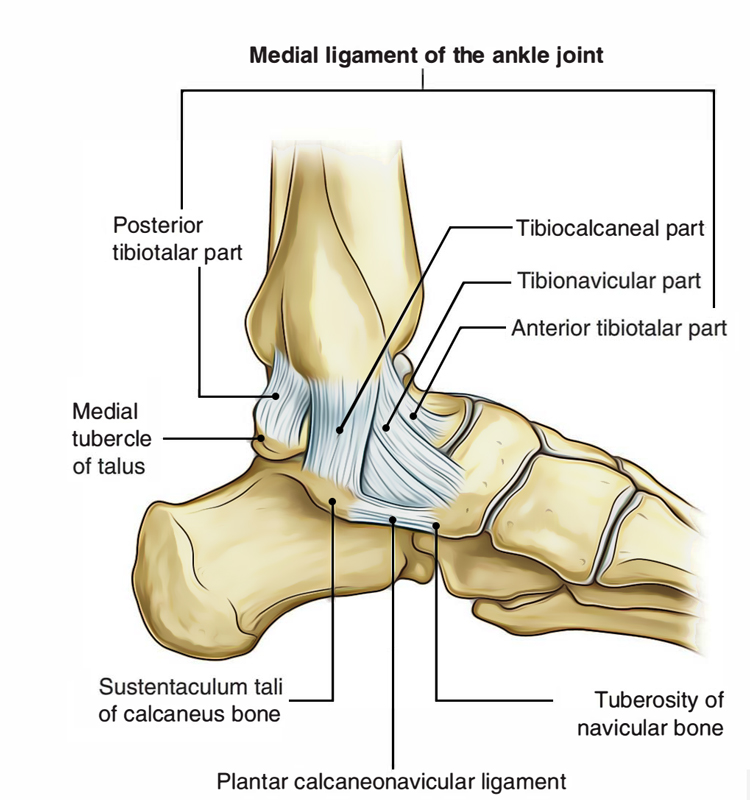
Syndesmosis Sprain/High Ankle Sprain
The last type of ankle sprain that can occur is known as a ‘high ankle sprain’ or syndesmotic sprain. High ankle sprain is an injury which refers to damage to the structures slightly higher than the ankle joint itself. Between the bones of the lower leg lies a thick dense sheet of tissue that connects the two bones itself. During a high ankle injury, the ankle will undergo a combination dorsiflexion and inversion/eversion mechanism leading to damage to this connective tissue, as well as some of the deltoid ligaments. This injury is less common, however, once sustained, there is more than likely to have a degree of ankle instability and prone to chronic ankle sprains in the future due to the reduced structural strength of this band of tissue. The percentage of this injury occurring is between 1-11%, increasing with heavy contact sports.


Grading of ankle sprains
Depending on the degree of injury and the structures affected, ankle sprains can be classified into different categories.
Grade 1 – This is the most common source of grading for ankle sprains. Grade 1 sprains refer to mild stretching of the ligament with minor to no tearing of the ankle ligaments.
Grade 2 – A Grade 2 ankle sprain is a slightly more serious form of injury which commonly involves a partial tear of the ankle ligaments.
Grade 3 – This classification is used when there is complete rupture of the ankle ligament leading to increased ankle instability.
Clinical Presentations of Ankle Sprains
- Location of pain: Lateral or medial aspect of ankle dependent on mechanism
- Grade 1:
- Mild Swelling and bruising
- Tenderness
- Mild limp
- Grade 2:
- Moderate pain intensity
- Swelling and noticeable bruising
- Tenderness
- Limp
- Loss of ankle range of movement
- Weightbearing painful
- Grade 3:
- Severe pain intensity
- Significant swelling and bruising
- Tenderness
- Limping
- Unable to weight bear
- Complete loss of ankle range of motion
Tips and Tricks for managing Ankle Sprains
Depending on the severity of the ankle sprain, the time taken to recover, as well as the management for it will differ, however the general concept of ankle sprain rehabilitation will be somewhat similar. There are three main concepts that are considered when dealing with ankle recovery, these are, Mobility, Strength and Balance/Proprioception.
1. Mobility
For any grade of ankle sprain, during the initial phase, the primary goal is to reduce any pain and regain ankle mobility. When we first hurt our ankle, swelling occurs and natural instinct is the limit the amount of movement the ankle the goes through. Yes, during the initial phase, limiting movement is key to help reduce any further damage to the area, however, once past this, it’s pivotal to regain movement as soon as possible.
To start off, using the RICE protocol is very efficient in this early phase of all ankle sprains. Begin with rest, particularly resting within the first 24-48 hours of injury to help reduce the load put through the ankle. Secondly, icing and compressing the area with an ice pack and compression bandage respectively will help control the swelling that is to come. Lastly, elevating the ankle, above the level of the heart if possible, will help.
On top of that, as mentioned previously, besides resting and reducing the early phases of the injury, it’s pivotal that we slowly introduce ankle movement back into this injured ankle. Performing active movements with toes and ankle within PAIN-FREE limits is advised. Depending on the severity of the injury, the time after injury to perform these exercises will vary, ranging from 0-5 days. Below is a simple range of motion exercise that can be performed
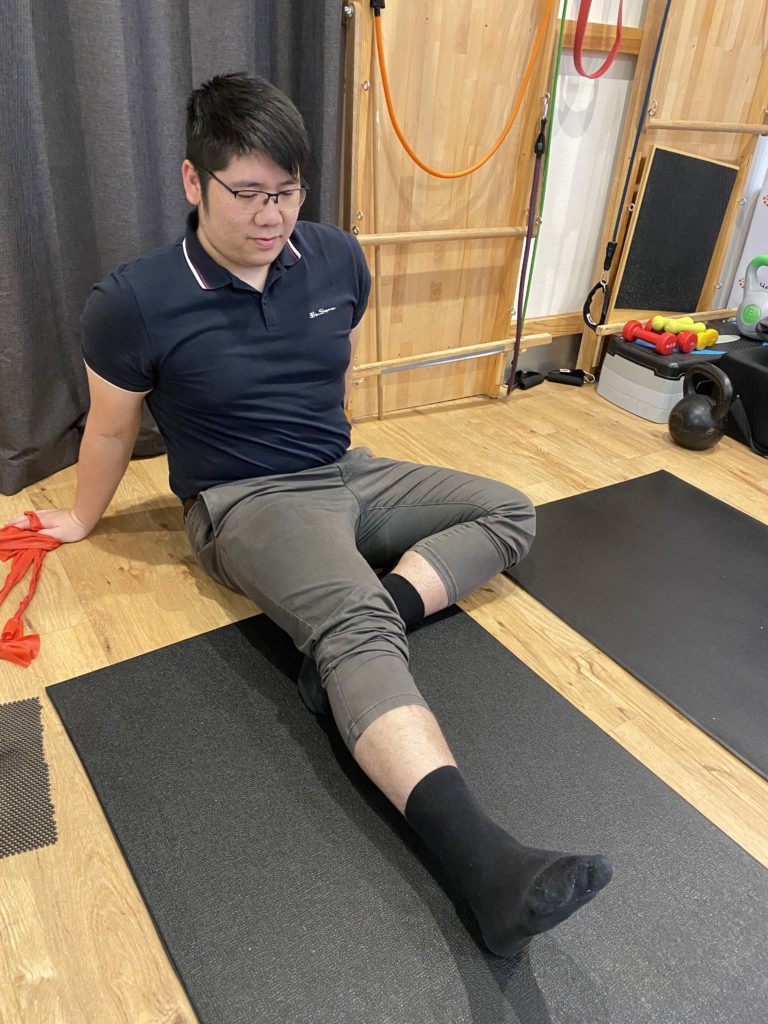
2. Strength
As we continue along our recovery of ankle sprains, it’s very vital that we add strength work to all plans. Once we injured something, it’s very natural for our body to seize up to provide some “support” for the area, however, the seizing up will not only fatigue our muscles but also shorten them, causing them to be weaker than they were originally. Therefore, it’s very important for us to strengthen back up the surrounding muscles to reduce the loading through the ligaments supporting the ankle and help each other support one another.
Firstly, stretching our calves will help us with some relief and increase more mobility around the ankle joint. Stretching out these seized up and shortened muscle will allow for a better and more efficient effect during our strengthening process. Below is an example of a self-stretch for the calf during a non-weight bearing process.
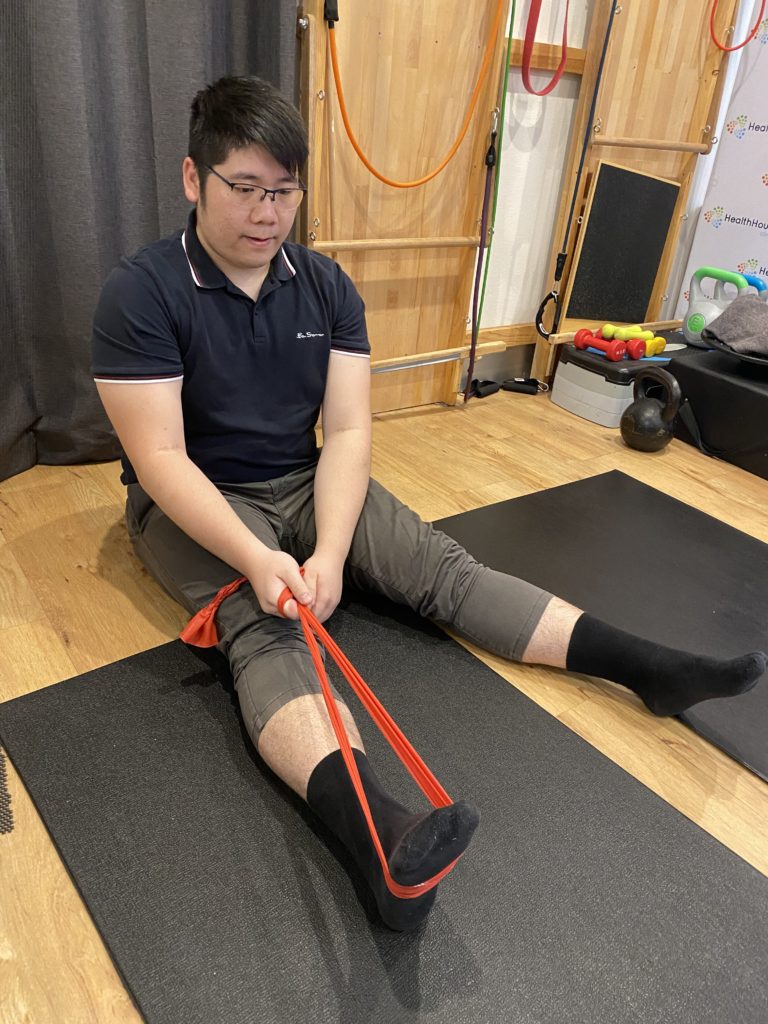

Secondly, depending on the type of injury and it’s mechanism, strengthening either the outside or inside of our ankle supporting muscles is very helpful. With strength work around these areas will help with supporting the ankle to limit the movement created during the injury mechanism. Here is an example of banded strength work for a lateral ankle sprain. You may alter this technique for a medial ankle sprain by flipping the workout to the opposite side.


3.Balance/Proprioception
Proprioception is known as the body’s ability to sense movement, action and location. We had a sense of proprioception so that we don’t have to consciously think about what our body is doing, where it is and what we need to continuously do. Within our joints, there is a lot of nerve endings which helps us to understand this concept and that’s why, when we injure ourselves, these nerve inputs become overly stimulated hence affecting their ability to full comprehend the situation. That’s why during ankle injury, it’s important to include this into our rehabilitation so that we can better improve its motion and function. It’s the lack of awareness which affects chronic ankle stability issues leading to increased ankle sprains in the future. Below is a simple proprioception task that you can incorporate into your rehab after your ankle injury, preferably performed when you can weight bear without pain or when you’ve had chronic ankle injuries.
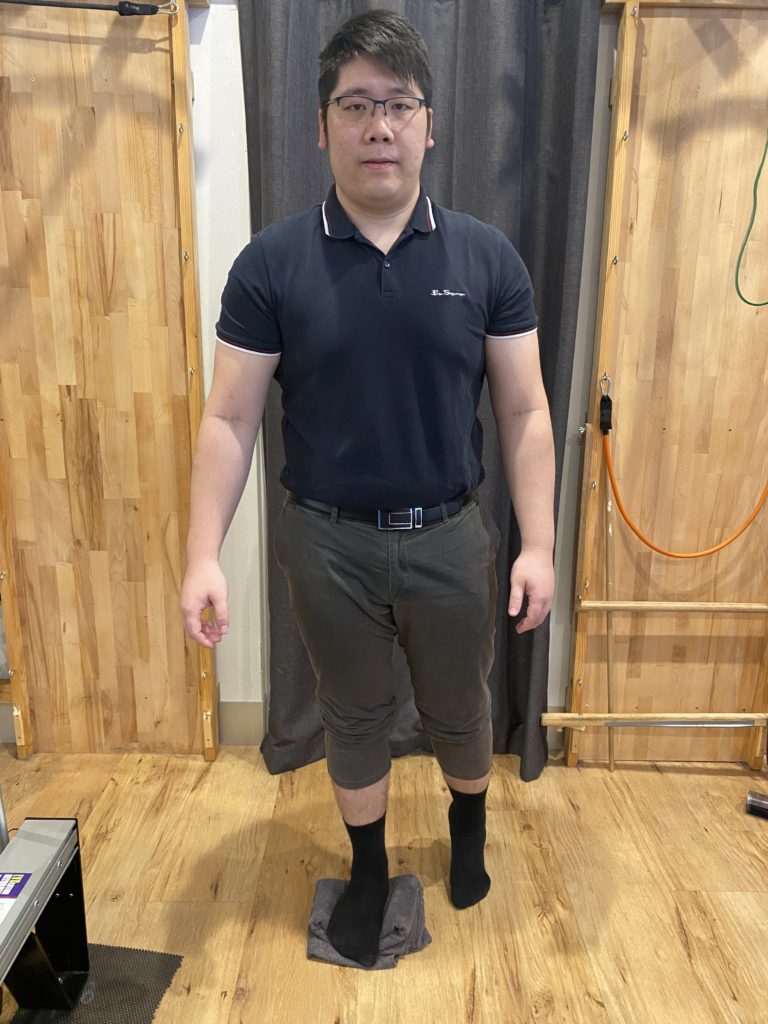


Here at Health House Clinics, all our practitioners have been trained to treat and manage multiple grades of ankle sprains. Whether that just be a mild sprain when walking and slipping or injuring your ankle during sport, we are here to help you out. Everything above is just some general tips and tricks that you can try at home if you’ve some minor ankle injuries before. If you continue to suffer from ankle sprains and lingering ankle pain, my best advice above all this would be to have it assessed properly. Everyone is different, each to their own and how they will recover may differ from one another. Come on down to Health House Clinics so we can help you kickstart you on your way to returning back to the things your love quicker and better than ever!
If you would like to find out more, please don’t hesitate to contact us on (02) 9524 8862 or email us at info@healthhouseclinics.com.au.
References:
Maughan. K L, Ankle Sprain, Eiff. P, O’Connor. F G, Grayzel. J, UpToDate, Retrieved 29th October 2021, from https://www-uptodate-com.simsrad.net.ocs.mq.edu.au/contents/ankle-sprain?search=ankle%20sprains&source=search_result&selectedTitle=1~45&usage_type=default&display_rank=1
https://www.physio-pedia.com/Ankle_Sprain
Roos KG, Kerr ZY, Mauntel TC, Djoko A, Dompier TP, Wickstrom EA. The epidemiology of lateral ligament complex ankle sprains in National Collegiate Athletic Association sports. American journal of sports medicine. 2016.The American Journal of Sports Medicine Vol 45, Issue 1, pp. 201 – 209
Doherty C, Delahunt E, Caulfield B, et al. The incidence and prevalence of ankle sprain injury: a systematic review and meta-analysis of prospective epidemiological studies. Sports Med 2014; 44:123.


